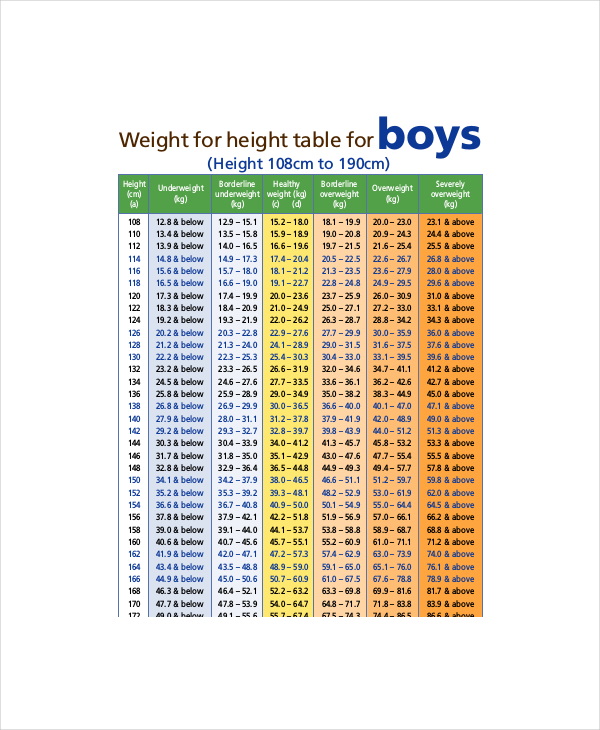As a parent or guardian, it is crucial to keep track of a boy’s growth and development. By monitoring their height and weight regularly, you can ensure they are growing at a healthy rate and detect any potential issues early on. A height and weight chart for boys can serve as a useful tool in this regard, providing a reference point to compare your child’s measurements against standard growth patterns.
The height and weight chart for boys typically includes age-specific percentiles that indicate where a child falls in relation to their peers. For example, a boy in the 50th percentile for height is taller than 50% of boys his age and shorter than the other 50%. Similarly, a boy in the 75th percentile for weight weighs more than 75% of boys his age and less than the remaining 25%. These percentiles can help identify if a boy is underweight, overweight, or within a healthy range.
Height And Weight Chart For Boys
Using the Chart to Promote Healthy Growth
Regularly tracking a boy’s height and weight on a chart can help identify trends over time and determine if any interventions are necessary. For instance, if a boy’s weight percentile is consistently increasing at a rapid rate, it may be a sign of excess weight gain and the need for dietary changes or increased physical activity. On the other hand, a boy who is consistently falling below the 5th percentile for height may require further evaluation by a healthcare provider to rule out any underlying medical conditions.
